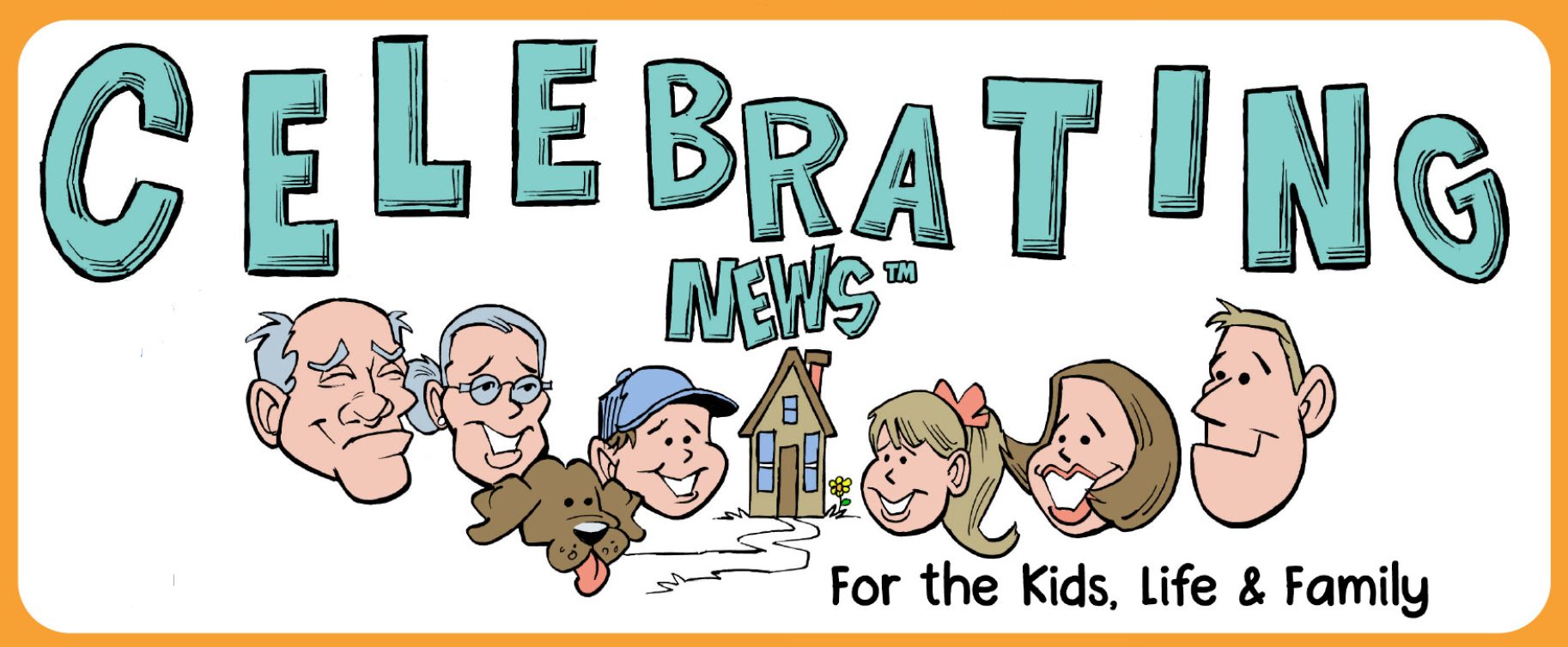Optimizing images for the web is crucial for enhancing website performance. Next-gen image formats like WebP offer superior compression and quality compared to traditional formats such as JPEG and PNG. GIF less suitable for reproducing color photographs and other images with color gradients but well-suited for simpler images such as graphics or logos with solid areas of color.
Here is a breakdown of the most common image formats, their benefits and shortcomings:
- GIF introduced 1987
The Graphics Interchange Format is a bitmap image format that was developed by a team at the online services provider CompuServe led by American computer scientist Steve Wilhite and released on June 15, 1987. GIFs are suitable for sharp-edged line art with a limited number of colors, such as logos. This takes advantage of the format’s lossless
compression, which favors flat areas of uniform color with well defined edges. They can also be used to store low-color sprite data for games. GIFs can be used for small animations and low-resolution video clips, or as reactions in online messaging used to convey emotion and feelings instead of using words.
INTERESTING HISTORY: The most common pronunciations in English are with a soft g as in gin or with a hard g as in gift. This sparked an interesting debate, encompassing a wide range of participants. The disagreement over the pronunciation has led to heated Internet debate. On the occasion of receiving a lifetime achievement award at the 2013
Webby Awards ceremony, Wilhite publicly rejected the hard-g pronunciation. His speech led to more than 17,000 posts on Twitter and dozens of news articles. The White House and the TV program Jeopardy! also entered the debate in 2013. In February 2020, The J.M. Smucker Company, the owners of the Jif brand, partnered with the animated image database and search engine Giphy to release a limited-edition “Jif vs. GIF” jar of peanut butter that had a label humorously declaring the soft-g pronunciation to refer exclusively to the peanut butter, and GIF to be exclusively pronounced with the hard-g pronunciation. - JPG (aka JPEG) introduced 1992
JPEG, short for Joint Photographic Experts Group is a commonly usedmethod of lossy compression for digital images, particularly for thoseimages produced by digital photography. The degree of compression canbe adjusted, allowing a selectable trade off between storage size and image quality. Since its introduction in 1992, JPEG has been the most widely used image compression standard in the world, and the most widely used digital image format, with several billion JPEG images produced every day as of 2015. JPEG was largely responsible for the proliferation of digital images and digital photos across the Internet and later social media. JPEG compression is used in a number of image file formats. JPEG/Exif is the most common image format used by digital cameras and other photographic image capture devices; along with JPEG/JFIF, it is the most common format for storing and transmitting
photographic images on the World Wide Web. - PNG introduced 1994
Portable Network Graphics, officially pronounced PING, is a rastergraphics file format that supports lossless data compression. PNG was developed as an improved, non-patented replacement for Graphics Interchange Format (GIF or do you pronounce it JIF?)—unofficially, the initials PNG stood for the recursive acronym “PNG’s not GIF”. PNG
graphics are scalable, meaning they can be enlarged or shrunk with little or no loss of resolution. They also support transparent backgrounds, however their file size is often larger than other formats. - WebP introduced 2010
Google developed the WebP image format as a modern alternative to formats like JPEG and PNG. It employs both lossy and lossless compression and supports both transparency and animations. WebP images are known for their small file sizes, which can lead to faster webpage loading times. Older (much older) browsers may not support this format, but it is supported by most modern web browsers, making it an attractive option for web developers looking to optimize image delivery and site performance. This is the industry’s preferred image format for most uses, at least until the next development comes along.
There are many other formats, most falling out of favor over time. Tiff, SVG, EPS, BMP, HEIF, RAW, PSD, AI (Adobe Illustrator) and more. Choosing the best image file format will often increase the speed your pages load, and provides other benefits to enhance your viewers’ experience.
